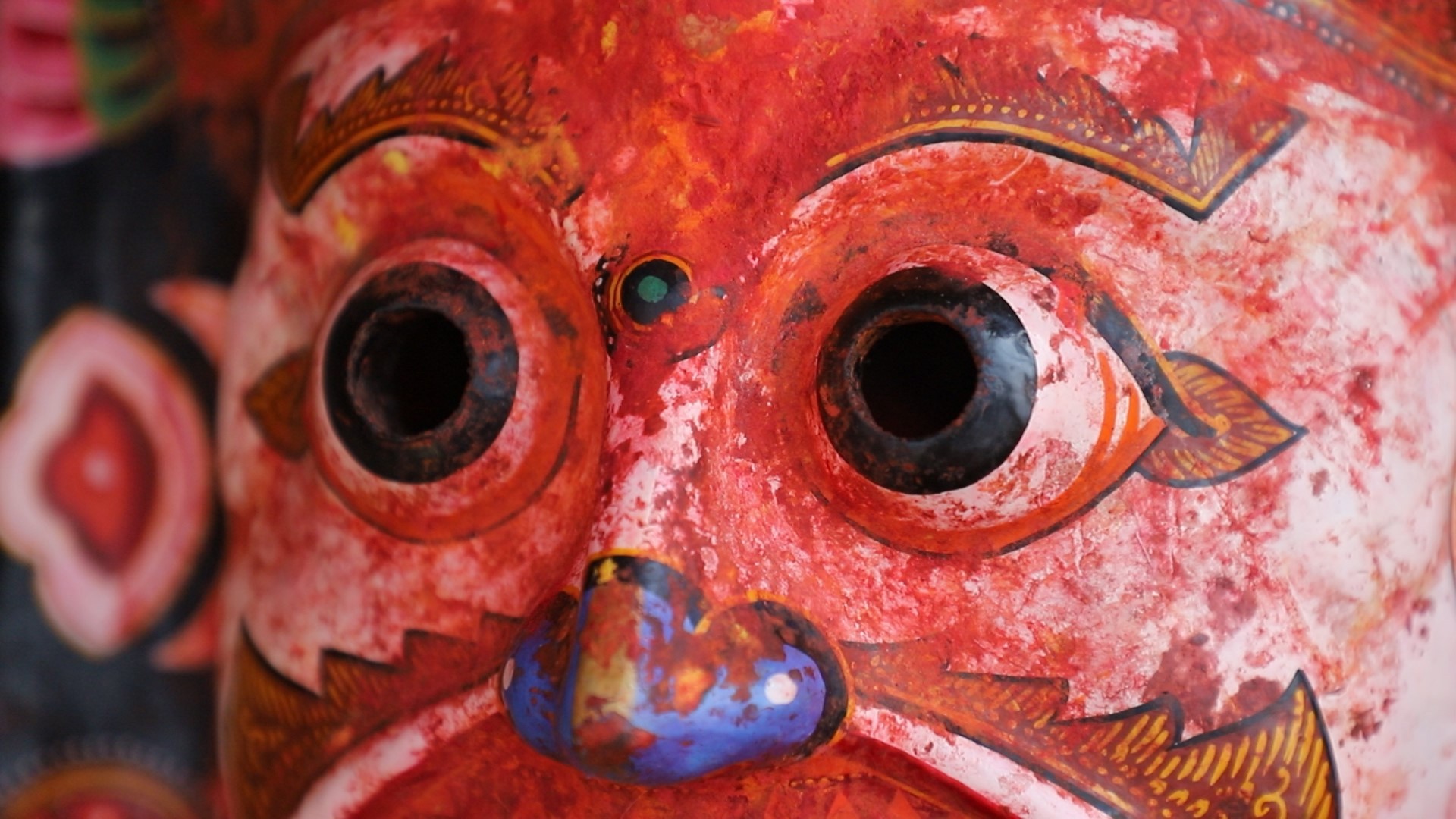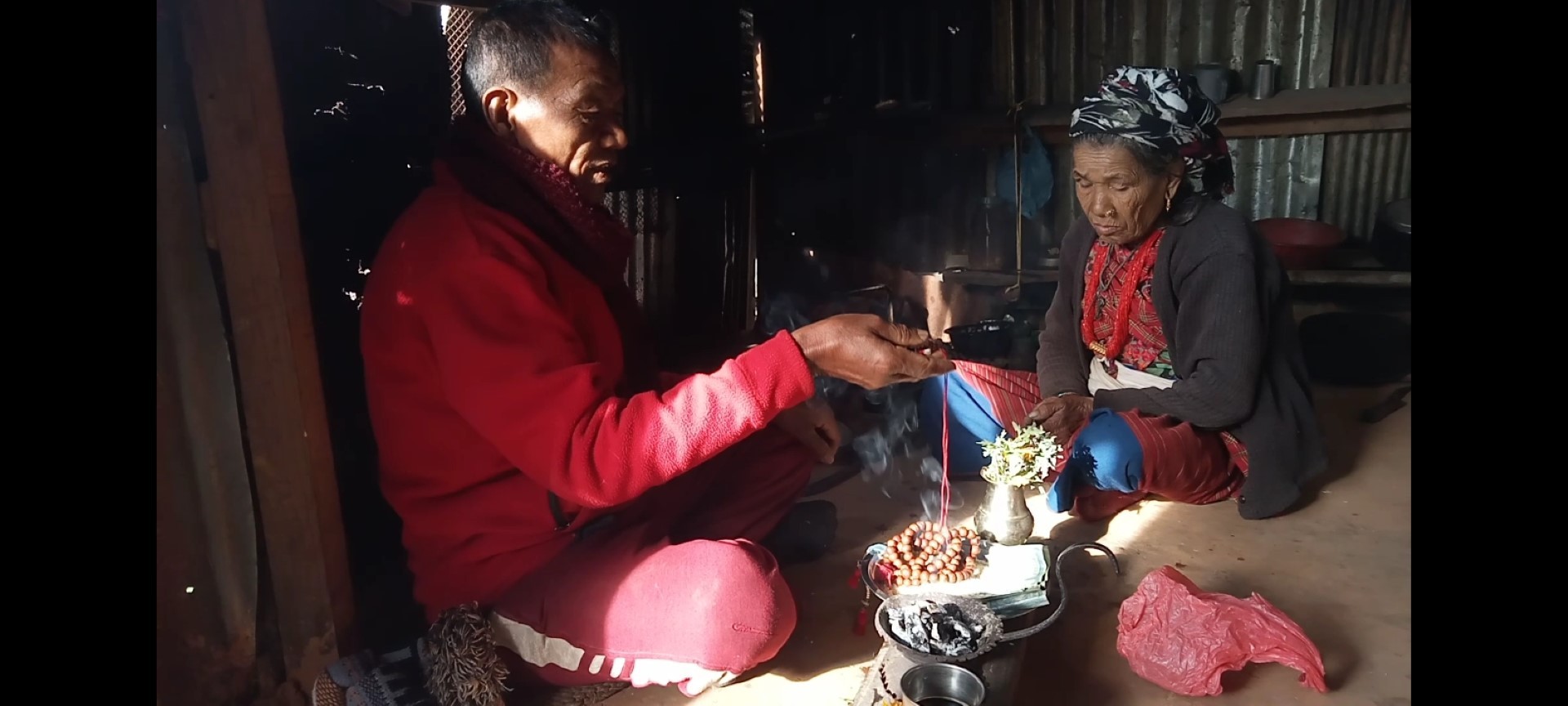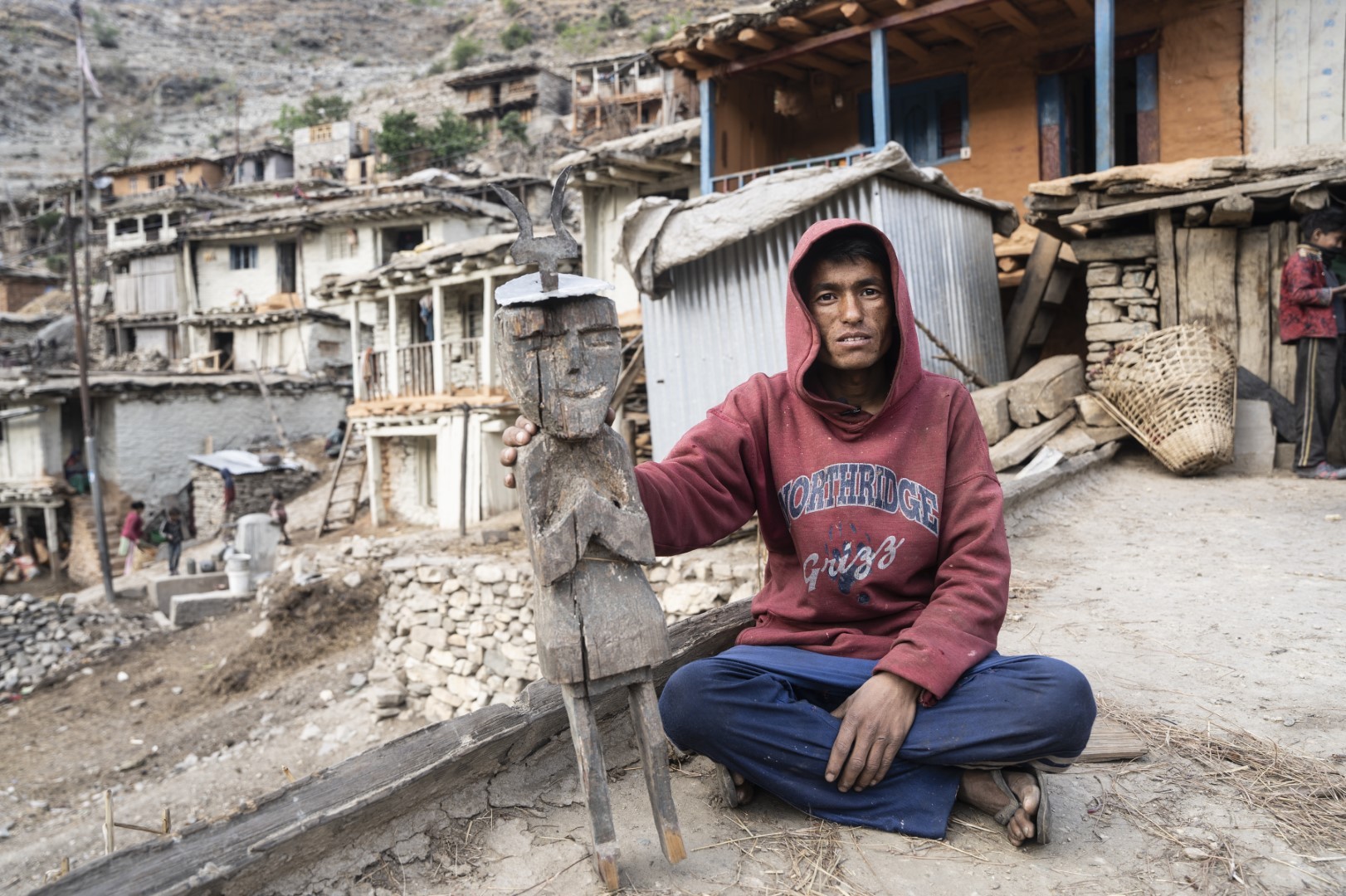The Jhumra of Dang

Research by: Priyankar Bahadur Chand
Image credit: Amuse Group
An ethnic group indigenous to the Tarai in Southern Nepal, there are several Tharu groups in Nepal. Tharu culture is rich in performance and music and shares history with neighboring regions of North India while maintaining their own regional nuances and traditions. Different Tharu communities have distinct and diverse array of songs and dances; however, many of these art forms remain poorly studied, and thus little is known about them beyond their community sphere. Even within, there are growing concerns about the upkeep of some performative traditions.
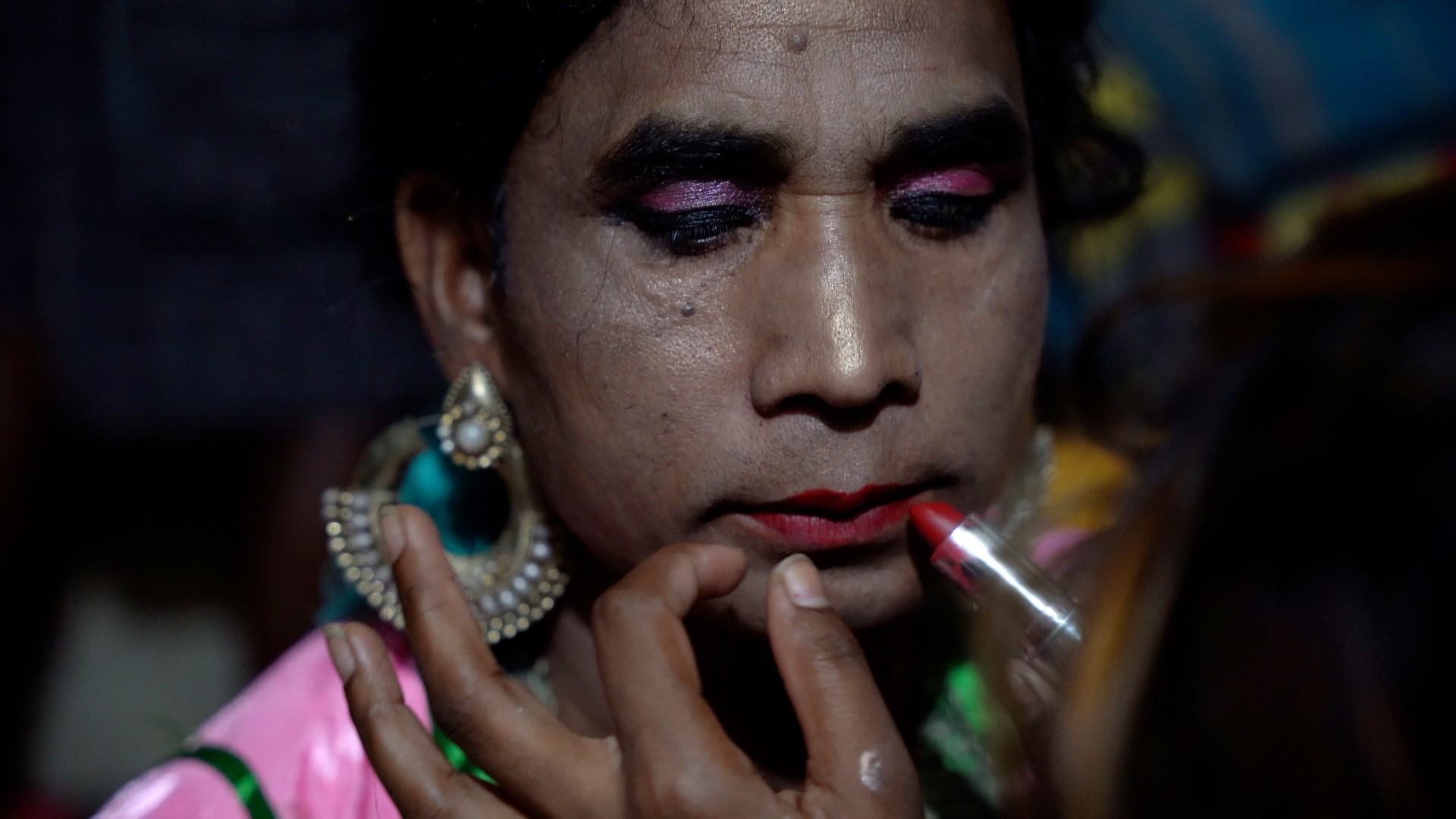
Dangaura Tharu culture is replete with seasonal dances and music that color the months in between Harya Gurai (August/September) and Durya Gurai (May/June). Festivals and celebrations primarily revolve around this calendar, thus making time for the intensive rice cultivation season. The jhumra falls under the category of nach nachwa, which includes the chokra, hurdungwa, jhumra, kataura, and mahotya. These dances and their corresponding music can be performed at any time of the year between August and June. Other performances, such as the maghauta nach, which is for the Magh festival, are reserved for special occasions.
Dances like the jhumra and hurdungwa were primarily performed by men who dressed as women and were often presented during nautanki, a night of entertainment in villages, or regional fairs, sometimes lasting for hours. For the past two decades, women have also taken on the role of jhumra dancers. However, there has been a simultaneous decline in male dance troupes.
Lalta Chaudhary and his troupe from Deukhar, Sanghari Sanskritik Pariwar, are one of the last remaining all-male performers.
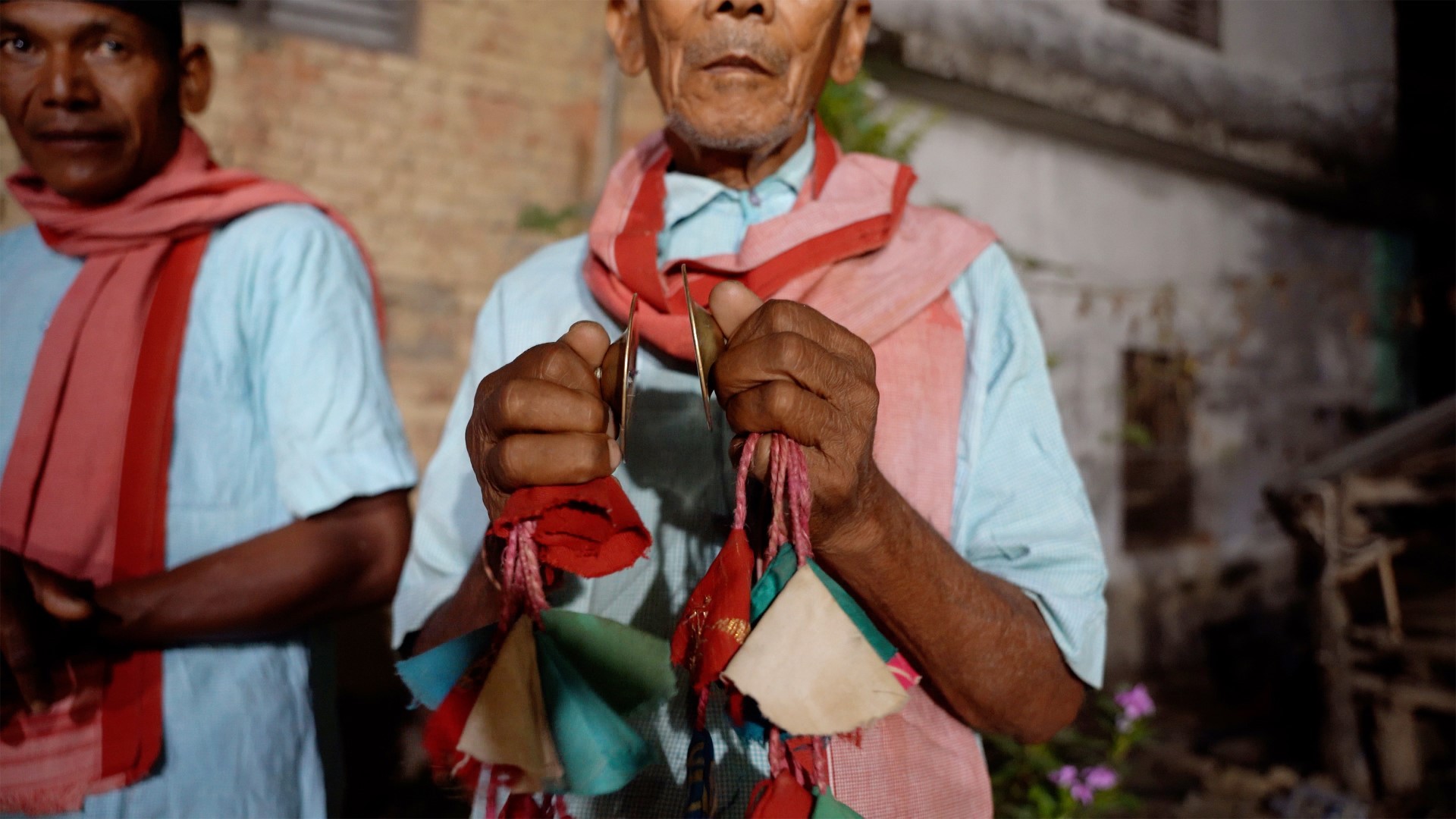
Dances such as jhumra show the ever-changing nature of gender norms in society. Having performed the jhumra since he was a child, Lalta Chaudhary still feels comfortable dressing up as a woman and performing for an audience, a departure from the young men in his community who find it embarrassing. It is no longer appropriate for a man to put on make-up or a dress, even if it is for a dance. Despite the discrimination and ridicule they face for trying to preserve this aspect of Tharu culture, Lalta Chaudhary and his troupe hope to pass on the tradition to the young members of their community and have also been teaching women dancers. However, negotiations are ongoing in villages in terms of the continuation and significance of all-male performances.
The Sanghari Sanskritik Pariwar at the moment is only composed of middle-aged men or older. There is minimal support from local or external sources to continue this performative practice, and running such an organization has its financial challenges. Dancers have had to look for other sources of income to support their families.
While Tharu dances are seeing a resurgence through social media and other video recording platforms, making it possible for rapid dissemination and consumption of local productions on an unprecedented scale, commercial influences are changing the traditional beats and dances. The changes are happening so rapidly and to a degree where what is traditional may even seem odd to certain local audiences.
The pattern of decline in dance practices like the jhumra can be observed throughout the Terai and highlight the evolving perception of gender norms. The boundaries of what a cis-man is socially permitted to do have changed in a generation and the shift to more rigid norms of gender roles is evidenced by the reluctance of the younger generation to take up the mantle. The lack of financial incentive further fuels the disinterest.
For performers like Lalta Chaudhary, dances like the Jhumra are a medium of transmitting the values and experiences of his community. The perseverance to continue the art, despite the odds, reflects the recognition of this performance as a form of cultural expression and its significance in developing a sense of identity, self-worth, and community cohesion. Lalta Chaudhary fears that the younger generations of his community will not learn about their culture and its history if they forego practices like the jhumra. However, the continuation of this tradition is reliant on the morphing values of his community.
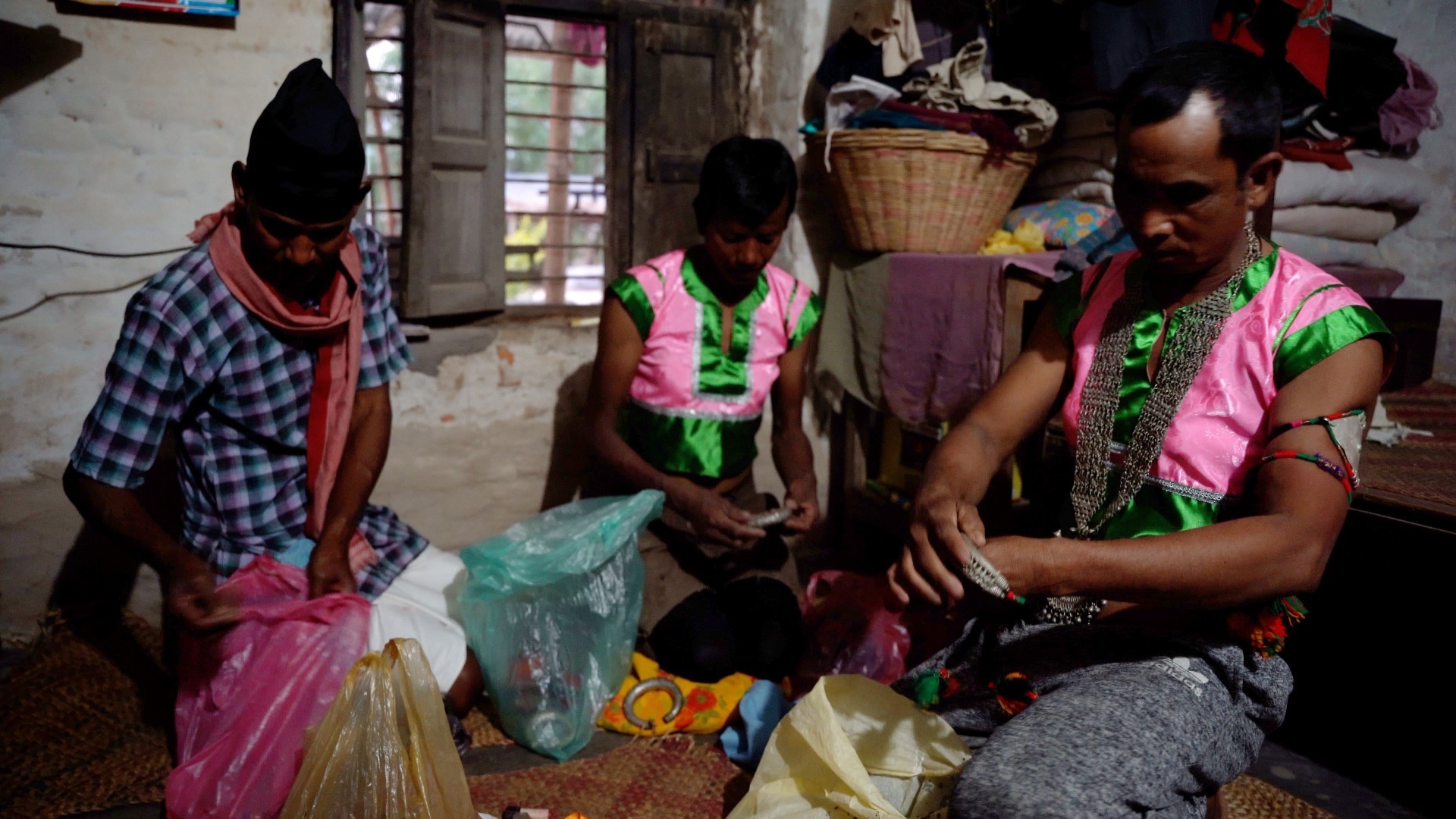
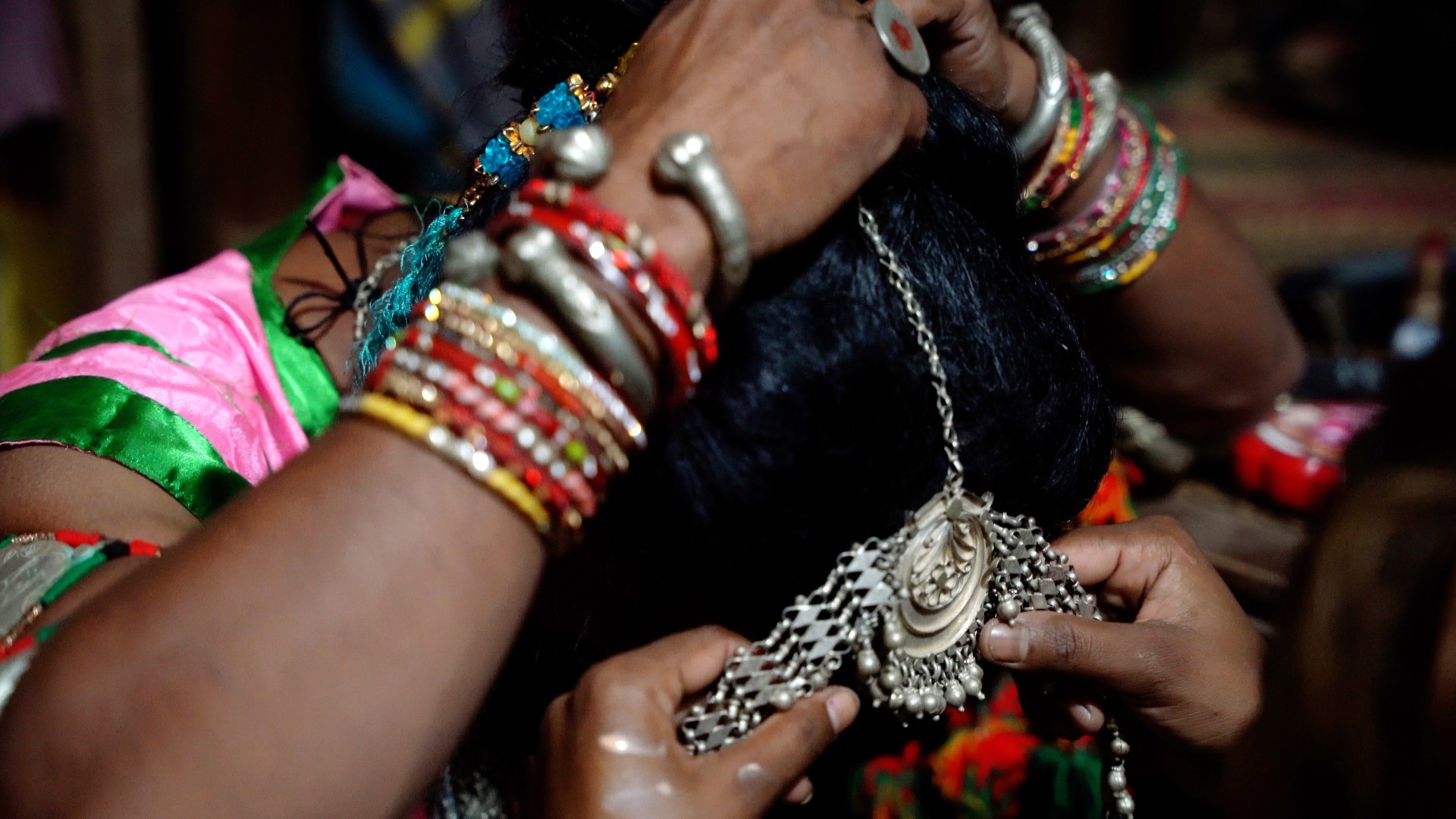
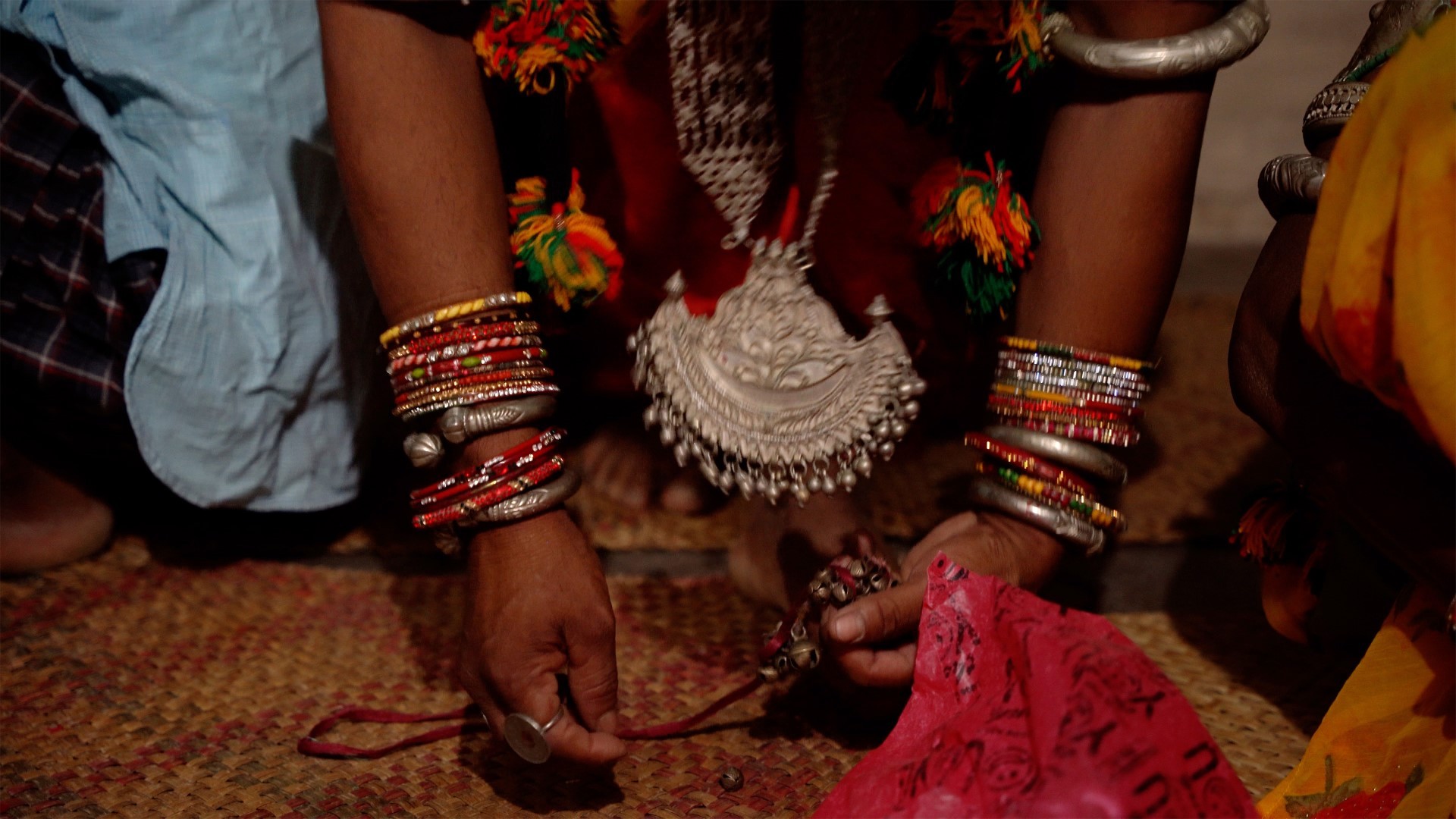
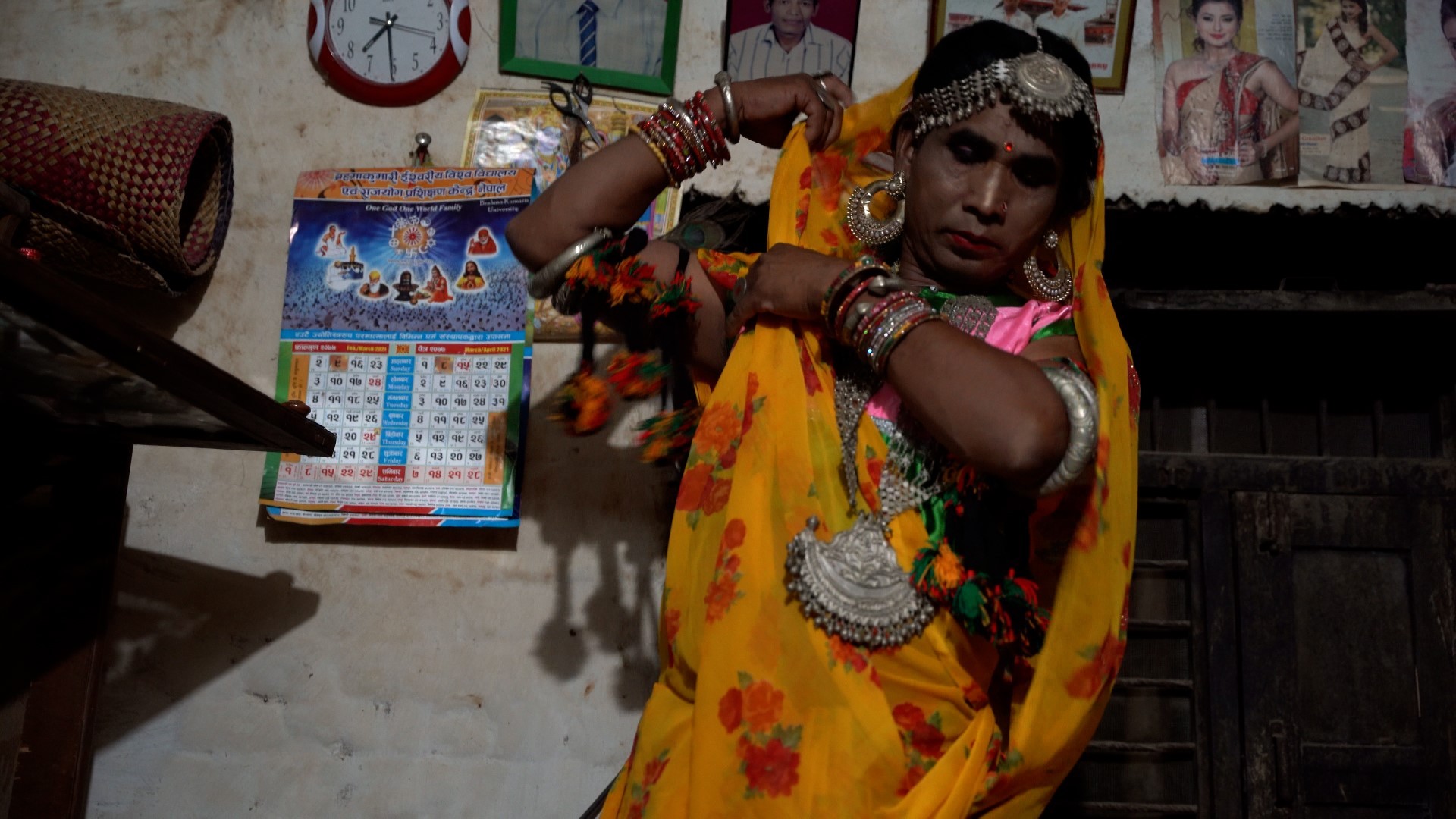

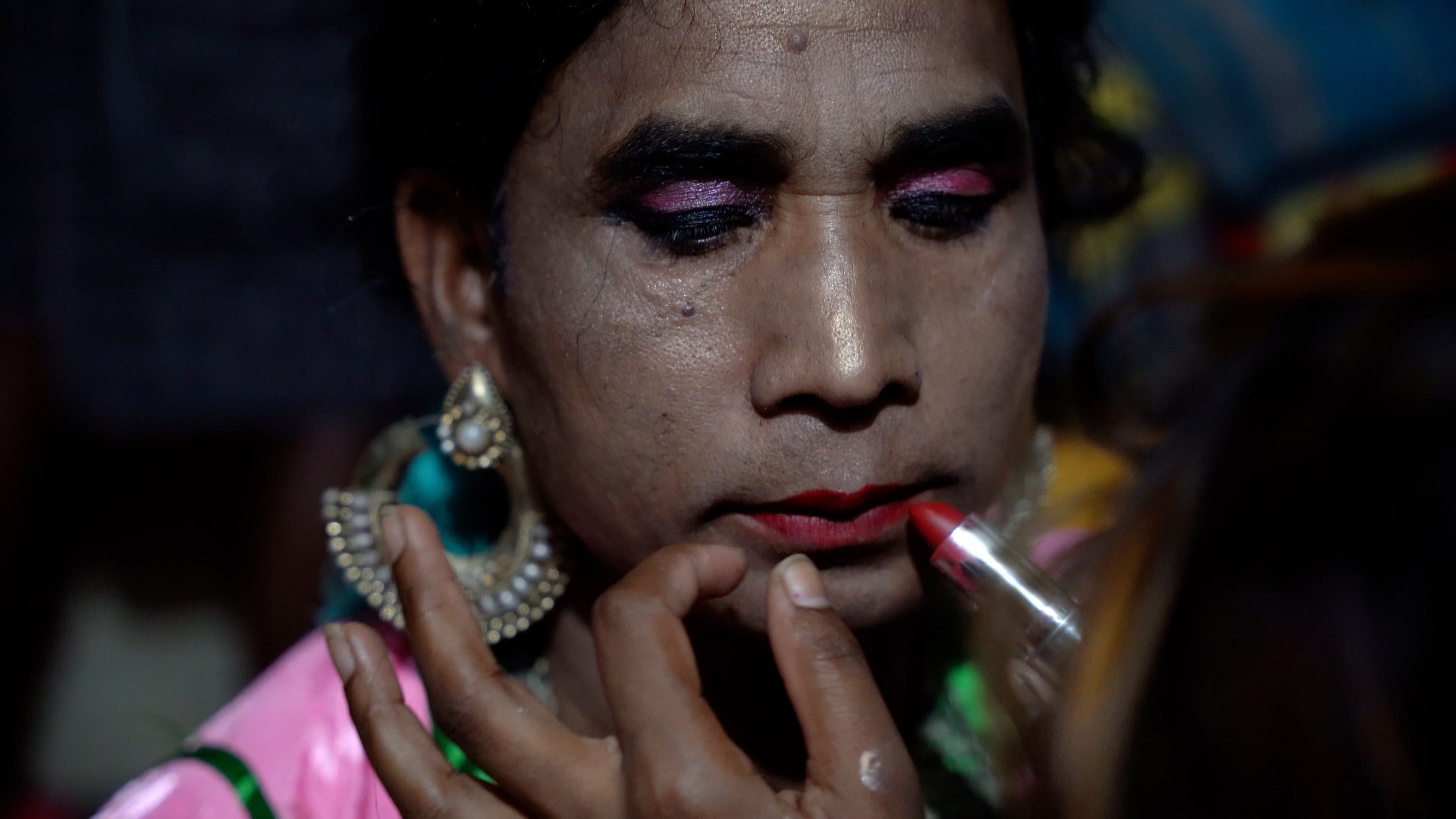

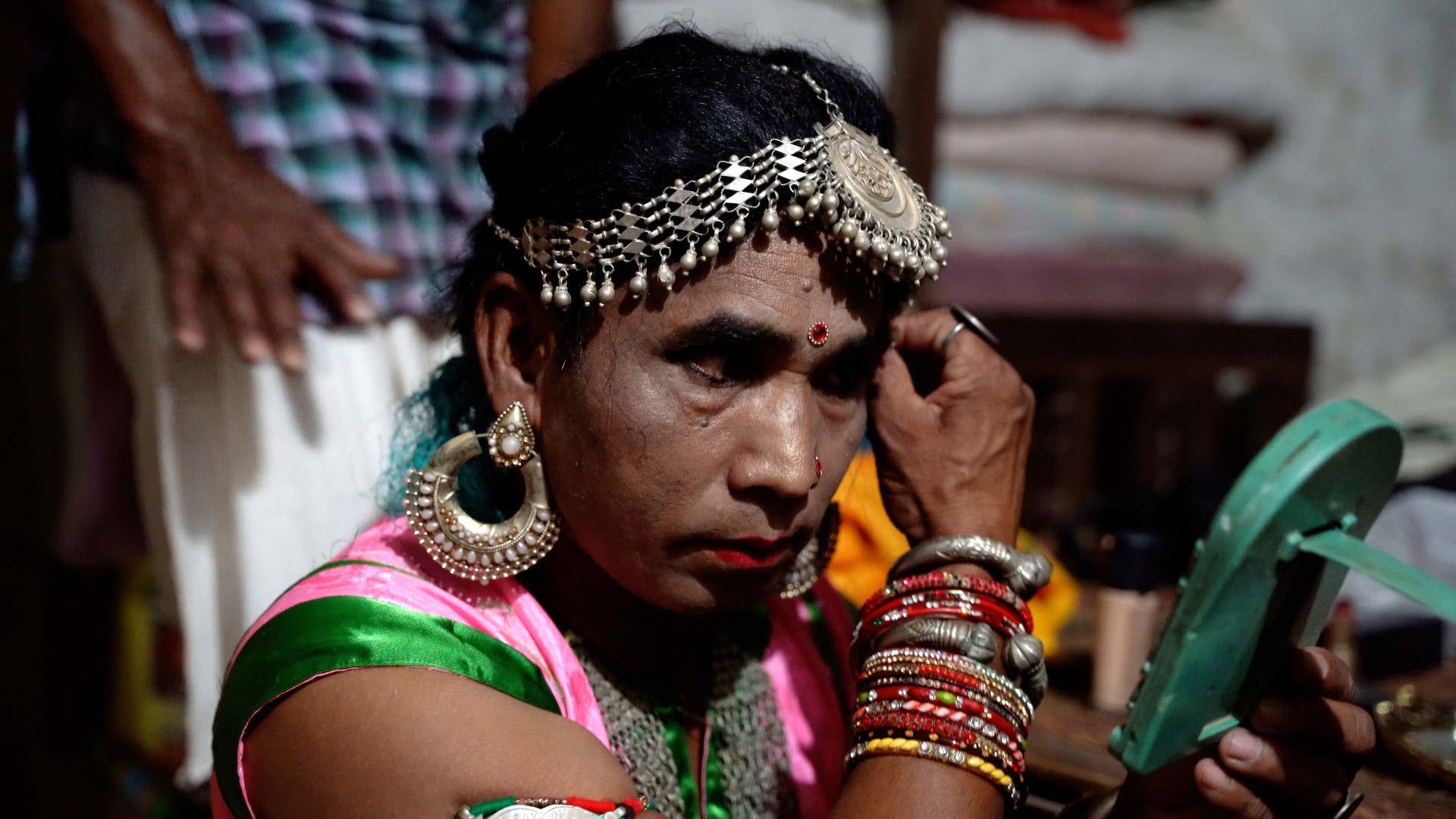
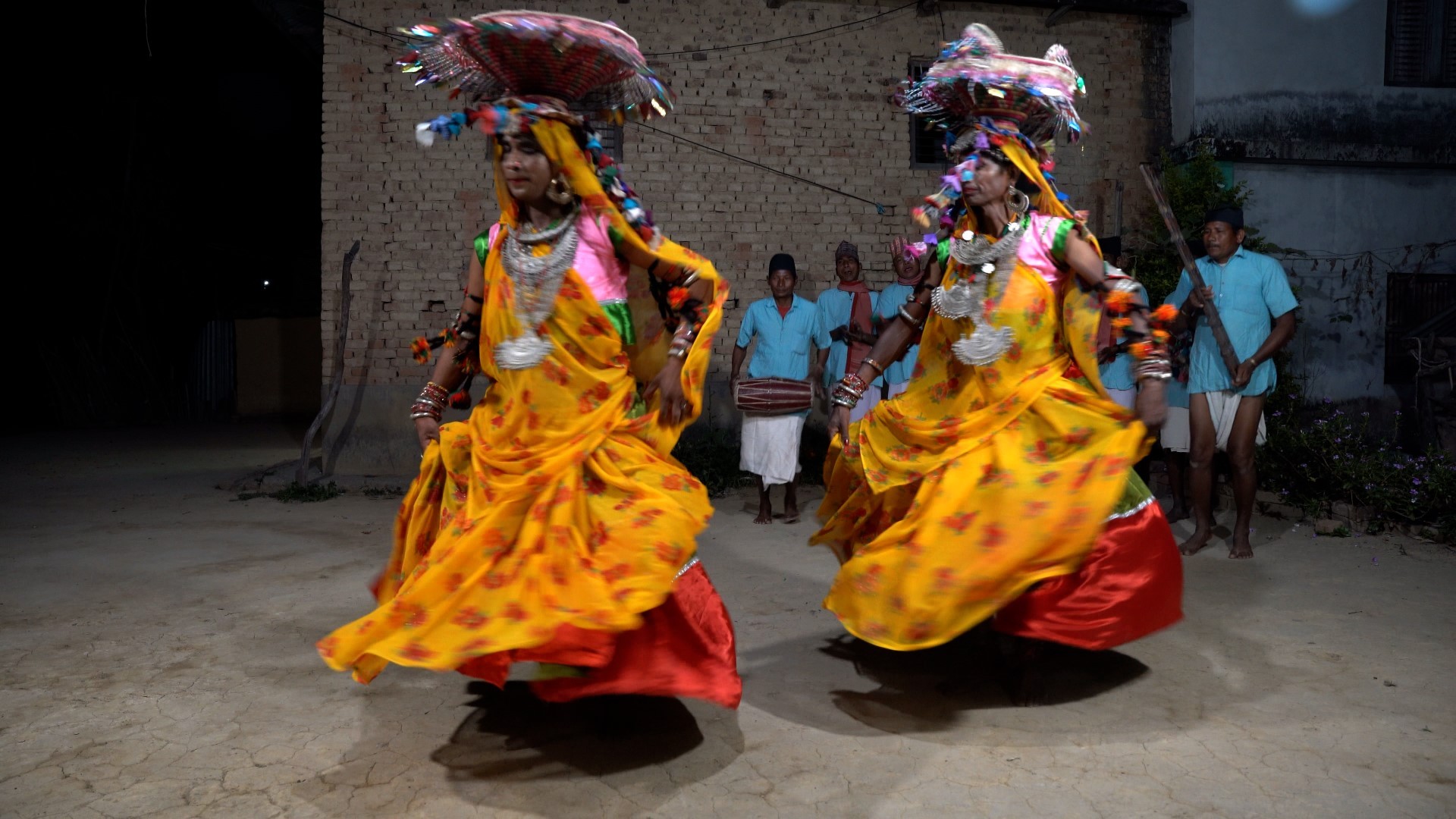



Designed & Developed by: Curves n' Colors | Visual identity by: Wkshps

